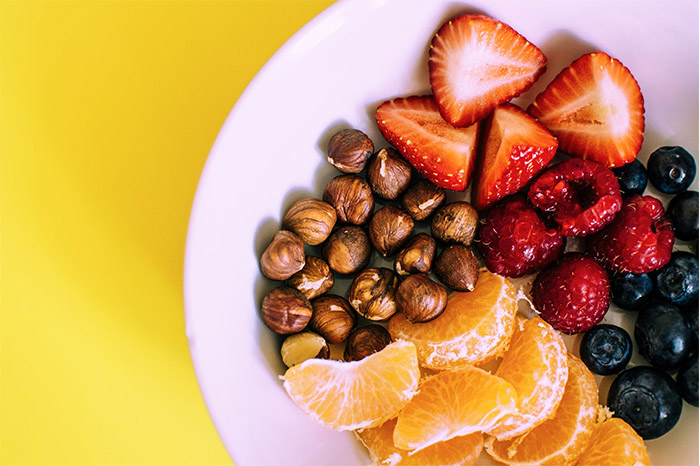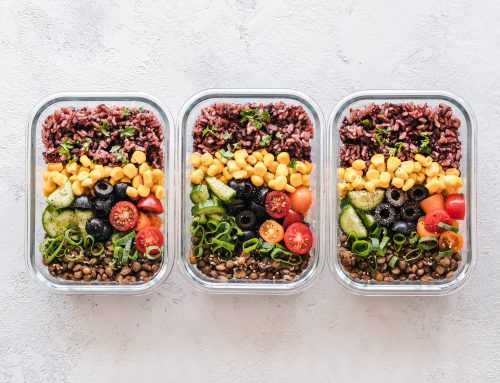Omega-3 fatty acids are a vital part of every cell-membrane in our body. Omega-3’s play a role in cancer prevention, brain development and function, vision, preventing depression, reducing pain, reducing body fat and insulin resistance (reducing diabetes risk). As powerful anti-inflammatory agents Omega-3’s reduce the risk of heart disease via reducing blood pressure and resting pulse rate, raising HDL (good cholesterol) levels and reducing triglycerides (blood fats), among other roles.
To reduce the risk of heart disease the Australian Heart Foundation recommends Australians consume at least 500mg EPA (eicosapentaenoic acid) + DHA (docosahexaenoic acid) and > 2 g ALA (alpha linolenic acid) daily.
While the health benefits of dietary Omega-3 seem clear, how to achieve the Heart Foundation’s recommended intake may be less obvious.
So which foods provide which Omega-3?
Dietary sources of long chain Omega-3, known as marine Omega-3 (EPA and DHA) are found in seafood, particularly oily fish such as salmon, sardines, mackerel, mullet, blue mussel, calamari, oysters, herring, blue eyed cod and gemfish, as well as omega-3 enriched eggs, and of course fish oil supplements.
For prevention of CHD, 500mg EPA +DHA is recommended per day, which equates to eating some form of seafood or 2 omega-3 enriched eggs everyday (for example, a tuna salad sandwich at lunch or 2 poached eggs for breakfast).
For existing CHD, 1000mg EPA + DHA is recommended, which equates to eating 150g serve of seafood (especially oily fish) and 2 omega-3 enriched eggs everyday (for example, 2 poached eggs for breakfast and salad with salmon at lunch).
Plant foods rich in short chain Omega-3 (ALA) include walnuts, flaxseed/linseed oil or ground linseed, soybean and canola oil and margarine, wheatgerm, Chia seed, microalgae.
To consume 2g of plant Omega-3s (ALA) per day, cook with a small amount of canola oil AND use a thin spread of canola or soybean margarine on 2 slices of soy and linseed bread each day. Alternatively, add 2 tsp Chia seed or ground linseed/flaxseed to muesli or a smoothie for breakfast and include about 5 walnut halves in a morning or afternoon snack.
Nutrition Tip: store ground flaxseed/linseed in the fridge or freezer to prevent oxidation of fatty acids.
An example daily diet:
Breakfast: Banana Chia seed smoothie (1 banana, 2tsp Chia seed, 1 cup milk, ½ cup natural yogurt, 1 tsp honey)
Morning snack: 1 serve of fruit
Lunch: Salmon and Avocado salad (baby spinach, cherry tomatoes, ¼ large avocado, cucumber, small tin red salmon with lemon juice and olive oil dressing) +/- soy and linseed bread according to energy requirements.
Afternoon snack: 5 walnut halves + 2 dates
Dinner: Chicken and vegetable stir-fry with rice noodles (or any other dinner meal as omega-3 level already achieved)
NB: Alternatively, walnuts can be swapped for nuts lower in Omega-3 (e.g. almonds) and use 2 tsp canola oil per person to fry chicken in dinner meal.
Supper (if required): ¾ cup vanilla yogurt.






